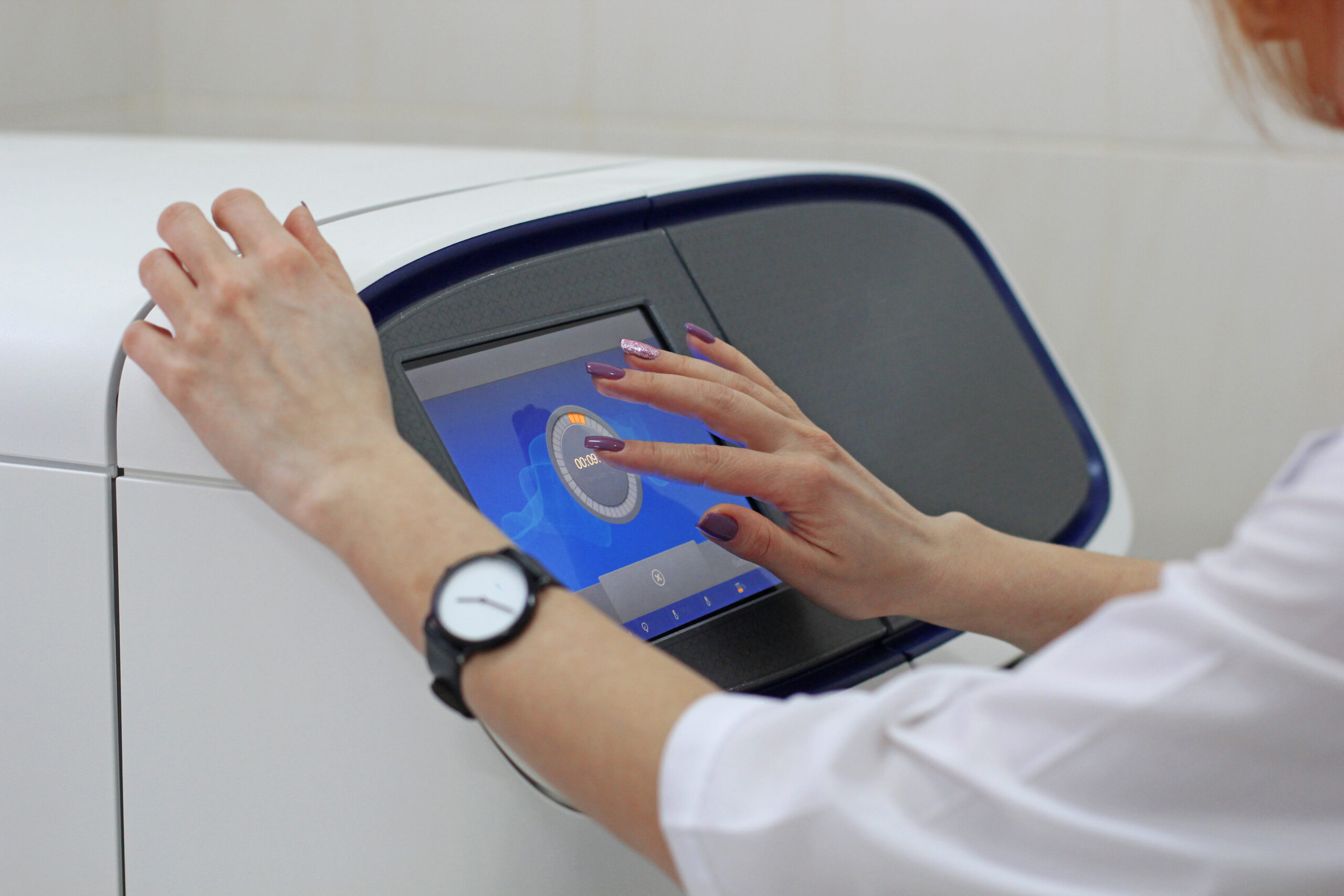
Preimplantation
Diagnosis PGD

1.Ovarian Stimulation
The process begins with ovarian stimulation, where the woman receives hormone treatments to produce multiple eggs. This step ensures that there are enough eggs available for fertilization and subsequent genetic testing.
2.Egg Retrieval
Once the eggs are mature, they are retrieved from the ovaries using a minor surgical procedure called follicular aspiration, which is guided by ultrasound. This procedure is typically performed under mild sedation.
3.Fertilization
The retrieved eggs are fertilized with sperm in the laboratory. This can be done through conventional insemination, where eggs and sperm are mixed together, or intracytoplasmic sperm injection (ICSI), where a single sperm is directly injected into an egg. The fertilized eggs, now embryos, are then cultured in a controlled environment for several days.
4.Embryo Development
During the next few days, the embryos grow and divide, reaching the blastocyst stage by day 5 or 6. At this stage, the embryos have developed enough cells to perform a biopsy safely, which is critical for the genetic testing process.
5.Embryo Biopsy
A few cells are carefully removed from each blastocyst-stage embryo in a procedure called a biopsy. The biopsied cells undergo rigorous genetic testing to check for specific genetic disorders or chromosomal abnormalities. Techniques such as polymerase chain reaction (PCR), fluorescence in situ hybridization (FISH), comparative genomic hybridization (CGH), and
next-generation sequencing (NGS)
are used for precise analysis.
6.Embryo Transfer
Based on the genetic test results, the healthiest embryos are chosen for transfer into the woman’s uterus.
This procedure is straightforward and similar to a routine Pap smear. Once the embryo is placed in the uterus, it is hoped that it will implant and develop into a healthy pregnancy. Approximately two weeks after the transfer,
a pregnancy test is conducted to confirm successful implantation.

